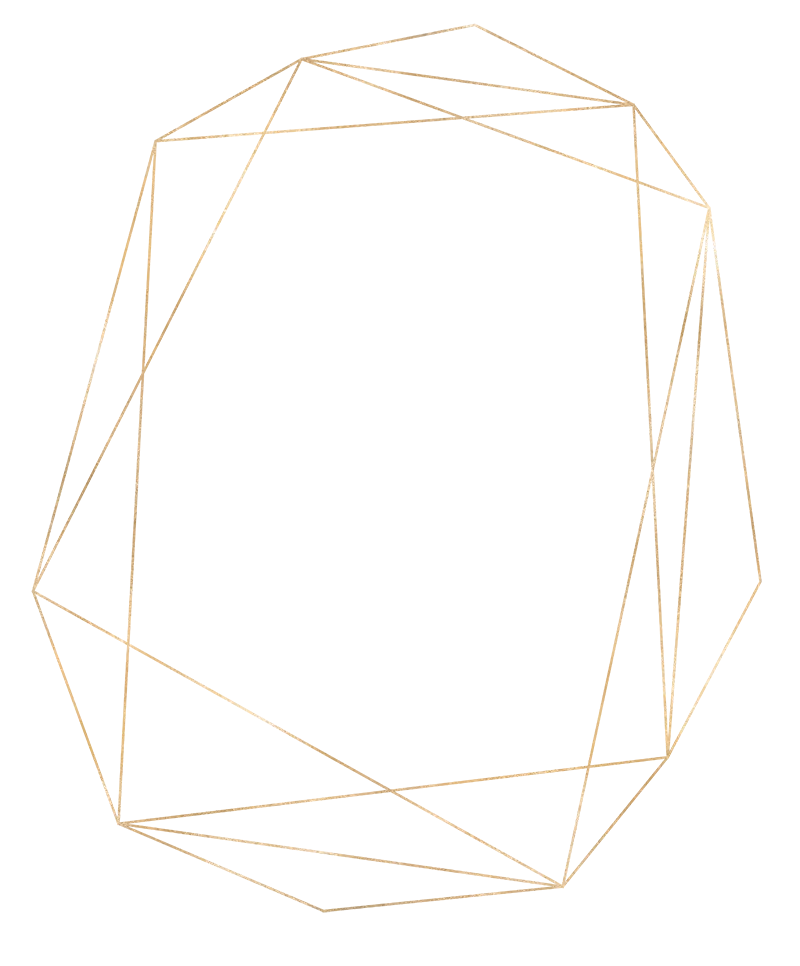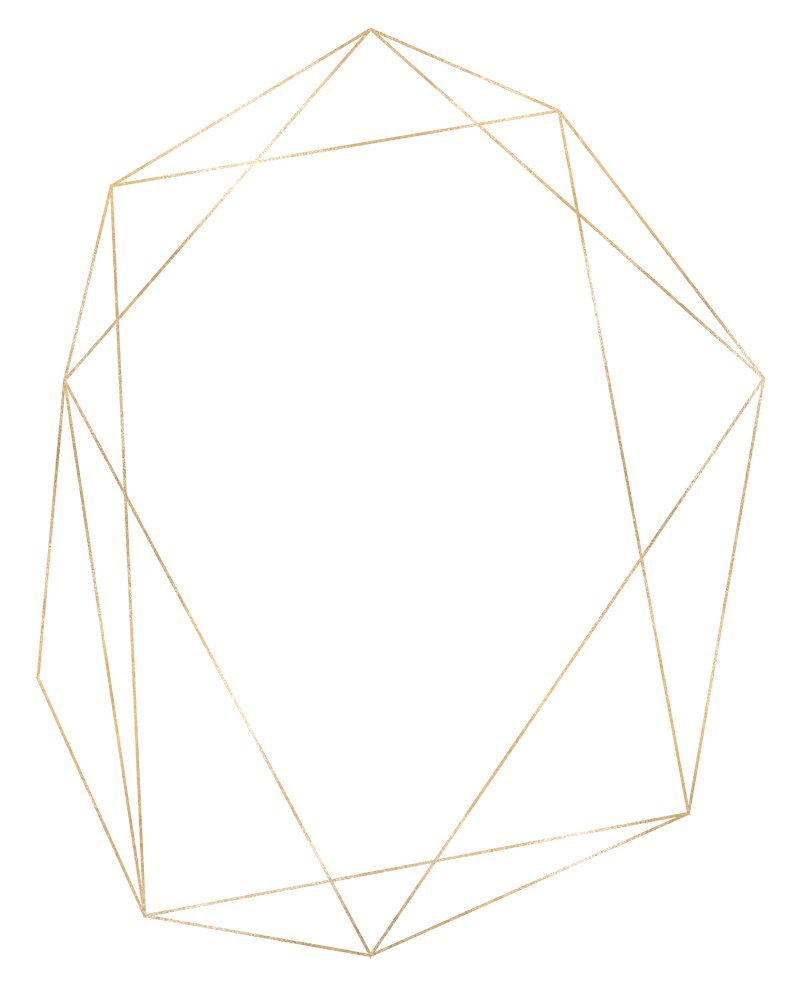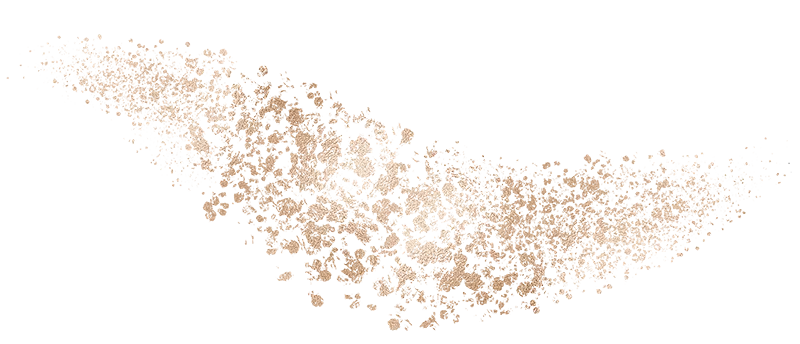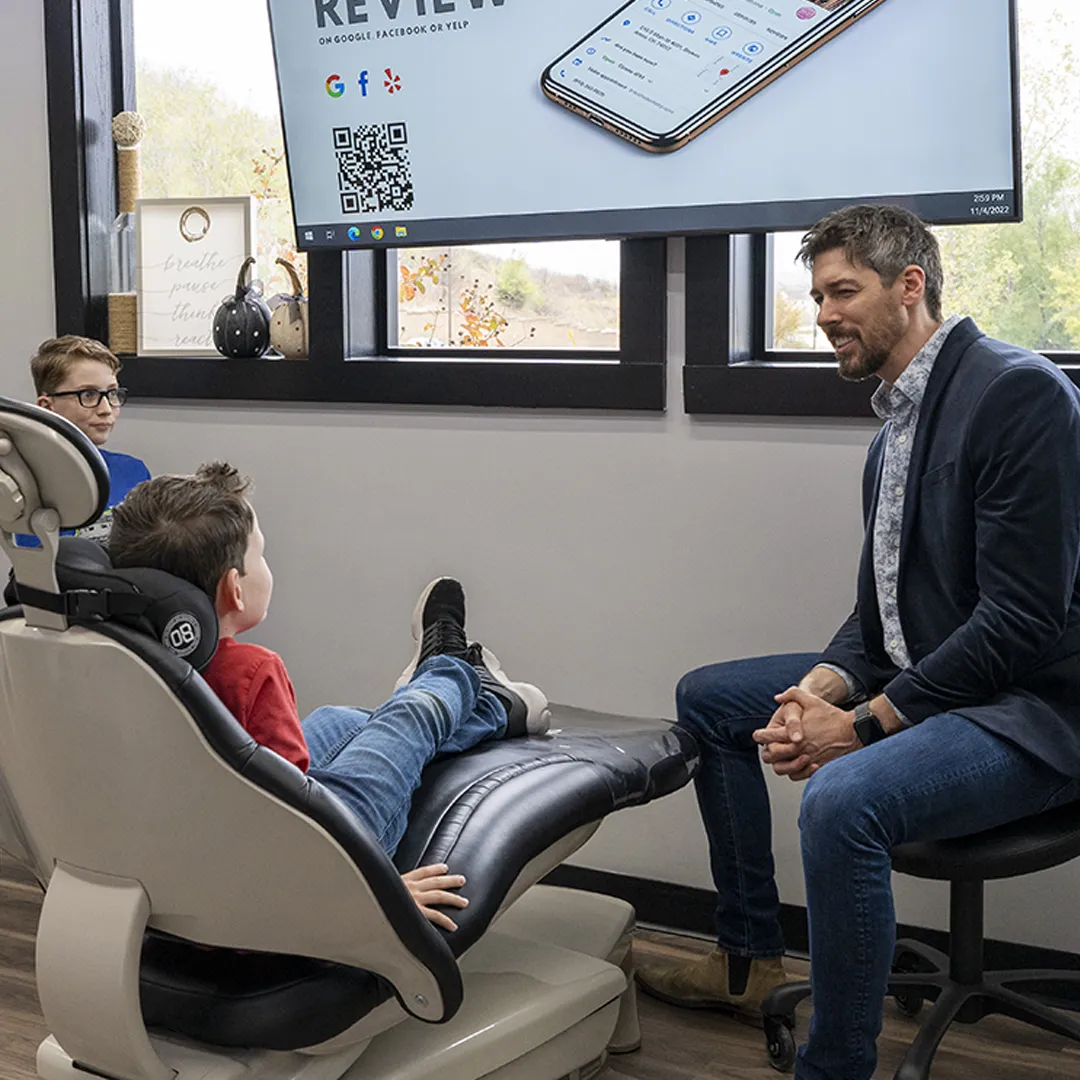It’s possible, and it largely depends on the severity of concerns and the age of the child when we begin. The later we begin, the less development we have to work with. The good news however is that braces, if needed, will likely not take near as long after therapy is complete and the results are far more likely to stick around. Relapse after traditional braces is observed in over 80% of cases, and given the root cause isn’t addressed it really isn’t surprising how common that is. When we remember that crowded teeth is only one symptom or poor muscle function and poor facial development, we’re reminded that this goes far beyond teeth and aims to address the root causes of jaw pain, TMJ issues, neck and posture issues, sleep quality, and the list goes on.











